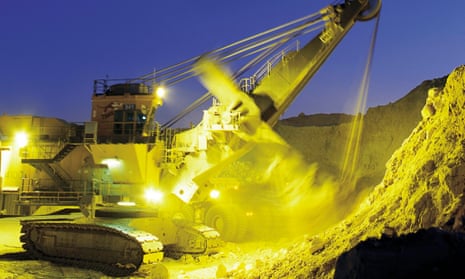The Australian mining industry is bracing for more job losses and mine closures next year as coal and iron ore prices remain depressed.
Almost 80% of mining leaders are reducing capital expenditure, up from 44% last year, a report by Newport Consulting has found.
While mining company bosses are still reluctant to spend money or make investments, the latest Newport Mining Business Outlook Report shows 16% of mining leaders are cautiously optimistic about their growth prospects for the next 12 months.
Newport managing director David Hand said more job losses were expected as coal and iron ore miners fight to remain competitive.
“Miners are likely to make decisions in the next 12 months to shut more operations,” Hand said.
“There are thousands of jobs hanging in the balance right across New South Wales.”
The report said coal mining operations in the NSW Hunter Valley were likely to be affected by weak prices and a similar story was expected to play out in Western Australia with Pilbara iron ore producers.
“Looking at everybody below Rio Tinto and BHP, it’s a pessimistic view,” Hand said. “There’s not a lot of optimism about the price of iron ore.”
Further price falls would have a significant impact on small to mid-tier iron ore miners such as Atlas Iron, Hand said.
Atlas shares have plunged 70% this week after resuming trading and reopening mines following a capital raising.
Still, Australian miners were among the most innovative and entrepreneurial businesses and they would quickly make big changes to survive and boost productivity, Hand said.
“It’s grim, but there’s a future,” he said.
Iron ore is trading just above US$50 per tonne as the Chinese share market wobbles between losses and gains.
Newport’s report found that for the first time in three years, there was a flicker of life in the mining sector following a five-year low in mining sector confidence in 2014.
It said the proportion of mining business leaders who showed no signs of optimism remained high at 84%, although that number had eased from 93%.
“This suggests that even if there are signs of a recovery, it is early stages and will be slow,” Hand said.
The annual report surveyed 50 of Australia’s mining leaders from public and private companies.

Comments (…)
Sign in or create your Guardian account to join the discussion